Locomotives and Shops:
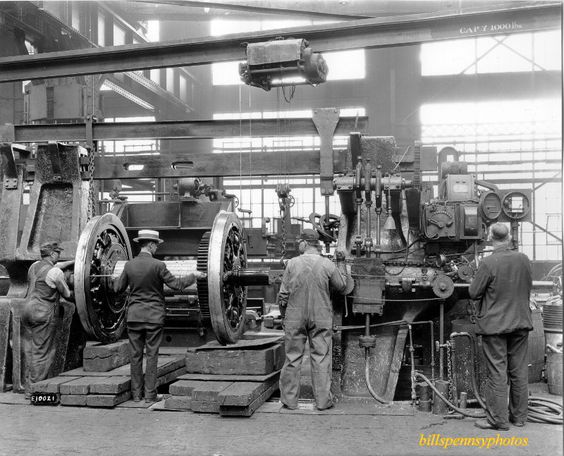
We’ve looked at shops and talked about the PRR shops in Altoona. Here is the wheel mounting machine at the Altoona shops. The guy in the suit between the drivers is measuring inside of flange to inside of flange. (I think they need a giant NWSL wheel puller and quartered along with a large NMRA gauge!)
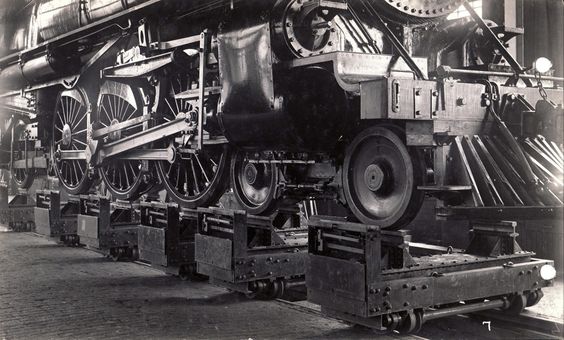
I joke about model tooling and the relationship with the prototype tooling – Here’s a test fixture of rollers for testing locomotives while in the shop. I bought a miniature set of similar rollers for my work bench to test model locos! (I believe this was at a PRR facility.)
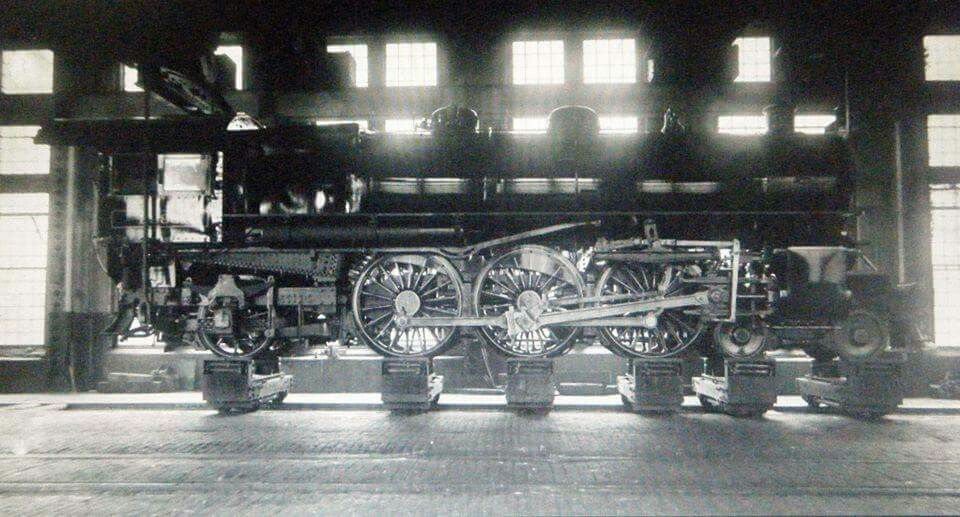
This looks like the same fixture – this photo was taken at the PRR Juniata shops, Altoona PA. That’s a PRR class K2 Pacific on the rollers (treadmill!).
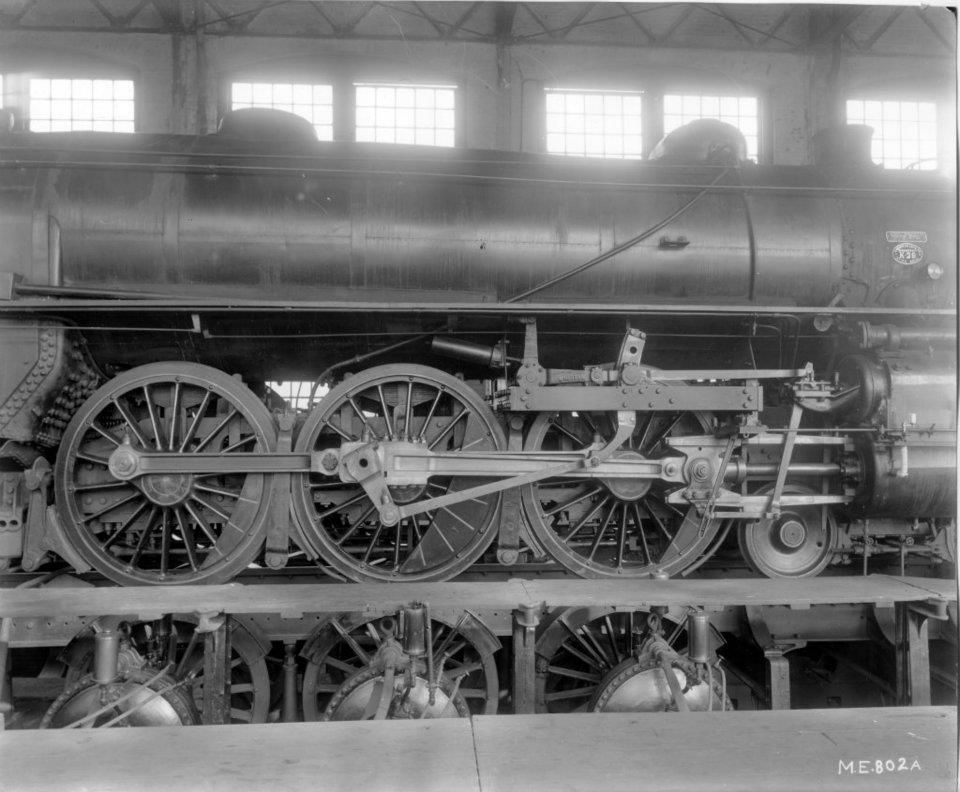
This is a similar test structure (treadmill type test configuration) at the Altoona shops. This is a PRR K29 Pacific, circa 1912. There is a structural or guard angle blocking the view of what the drivers are actually resting on, but it appears they are balanced on geared wheels below. The pilot truck (unpowered) appears to rest on a rail. My guess is that they power up the loco and the drivers roll the wheels below in the test fixture.
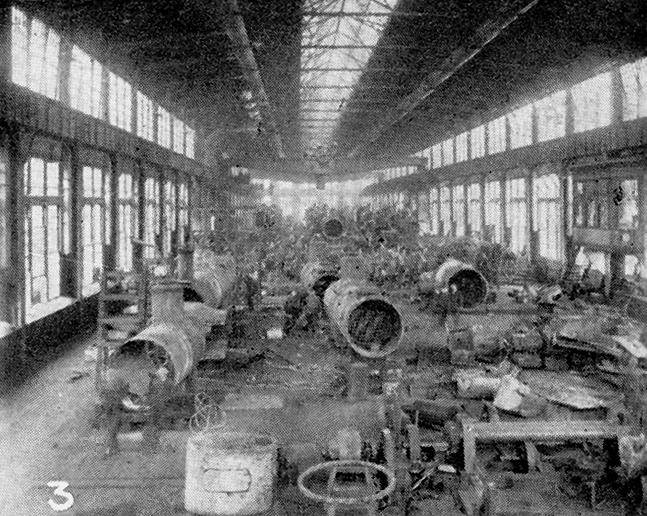
We tend to look at Altoona as the primary PRR shops, but early PRR shop facilities were spread out over the line. This is the Fort Wayne, IN, PRR shops in 1906. This particular shop was 680 ft long by 82 ft wide. There are quite a few new boilers in the early stages of assembly. 300 locomotives and 12,000 cars were built at the Ft. Wayne shops starting before 1857 by the Jones, Bass & Company. The Bass in the name came from Sion Bass, brother of John Bass who was the founder of the Bass Foundry (also in Ft. Wayne) that cast wheels for the PRR for many years. The Pittsburg, Ft. Wayne & Chicago RR, which was a predecessor to the PRR, bought the locomotive and car shops around 1857. Ft Wayne specialized in small, fast locomotives. For many years in the 19th century, the locomotive speed record was held by locomotives built at the Ft. Wayne shops.
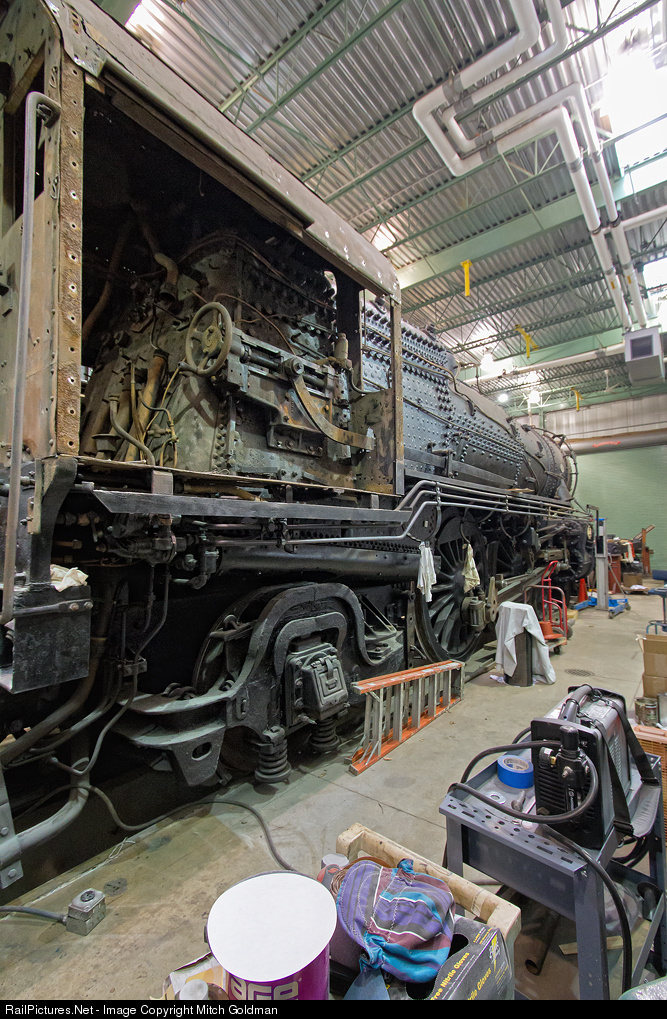
This is the Strasburg shops, Strasburg, PA (still active). For those that have been paying attention – The Belpaire firebox on this boiler says it’s probably PRR! And in fact, this is PRR #460, a class E-6s 4-4-2 Atlantic, in 2013. #460 is getting a cosmetic restoration at Strasburg. While the project was deemed cosmetic – for static display, the effort was to keep all functionality intact in the case that in the future they want to restore #460 to operational. Again, for those paying attention! – The large handwheel on the right of the cab is for setting the reverse gear! We discussed power reverses – This must have been the go-between when the valve gear was getting too heavy for a Johnson bar, but power reverses were not implemented. You can get a decent look at the distributing valve that splits the compressed air between train and locomotive brakes, just below the cab.
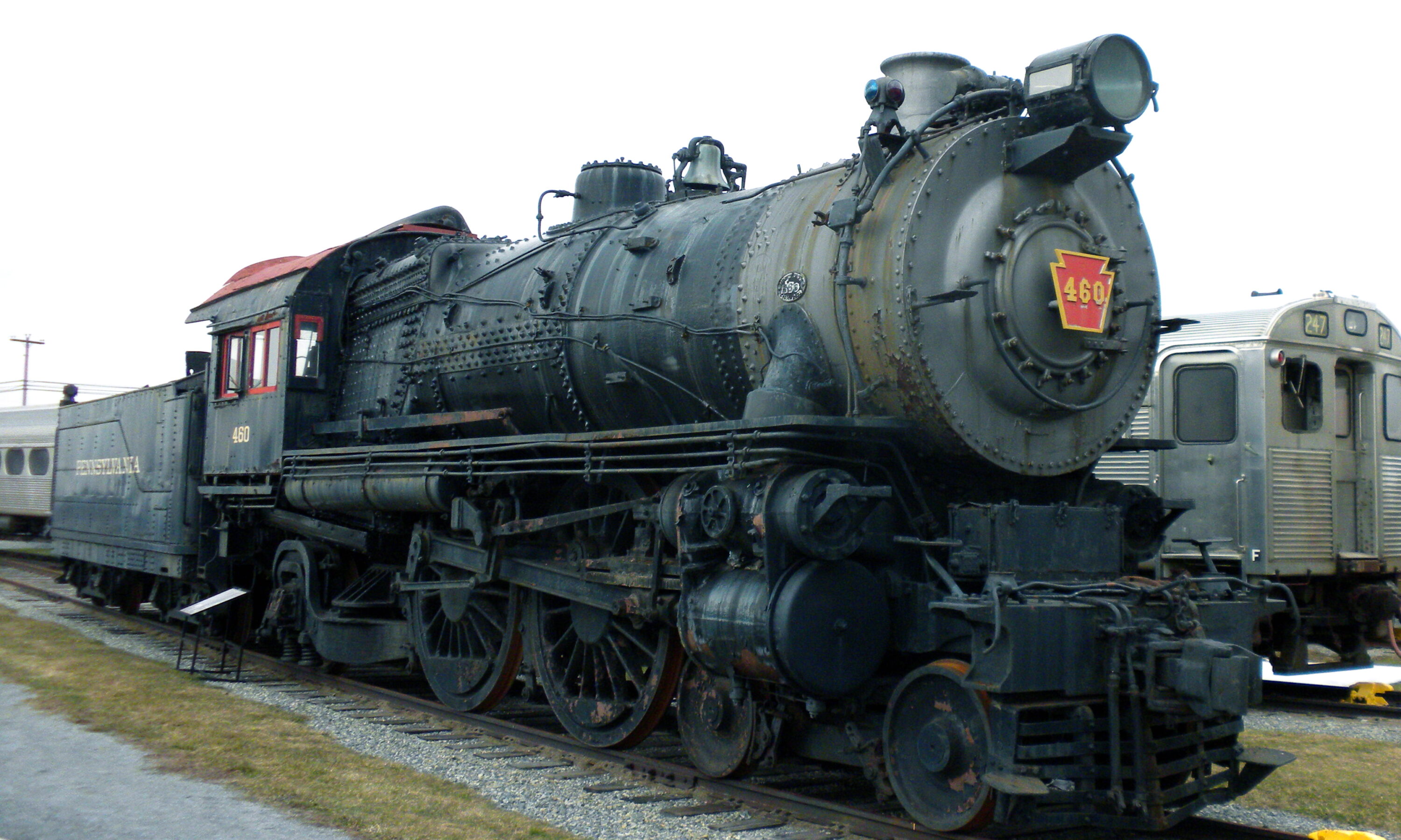
Here’s a pic of #460 in 2010 before the restoration was started (at its static display). #460 (and 4-4-2’s in general) were passenger trains, hence the PRR keystone number plate on the front of the boiler. Freight locos would have the more typical round number plate. #460 was built in 1914 at the Altoona shops, and is the only remaining locomotive of this class. It is nicknamed the “Lindbergh Engine” after a famous race against an aircraft after Lindbergh landed from his transatlantic flight in 1927. #460 left Washington with but a baggage car and one passenger car, and arrived at Manhattan Transfer, outside New York City, 2 hours and 56 minutes later. Both #460’s train, and the aircraft were carrying newsreels of the Lindbergh landing, and two competing newsreel companies were racing to get the newsreels to theaters in New York.
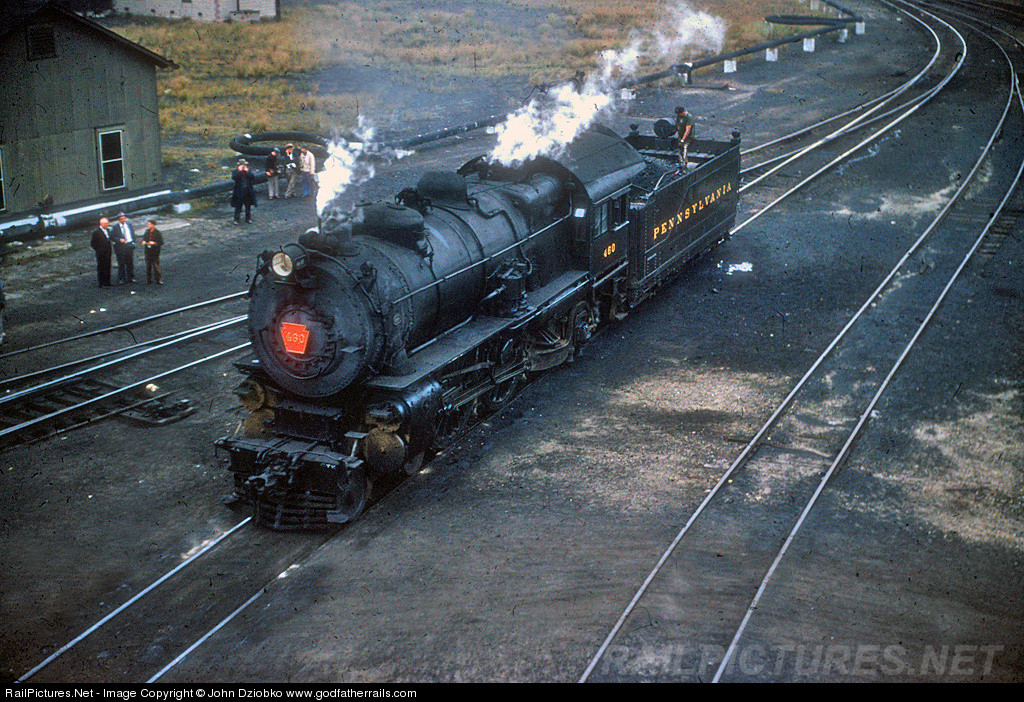
460 averaged 82.7 mph and reached a top speed of 115 mph. While the aircraft arrived in New York before #460, the newsreels from #460 arrived at theaters hours before the ones carried by the aircraft because of a film processing lab in the baggage car of the train! #460 was retired in 1955 and was added to the collection of famous PRR locomotives.
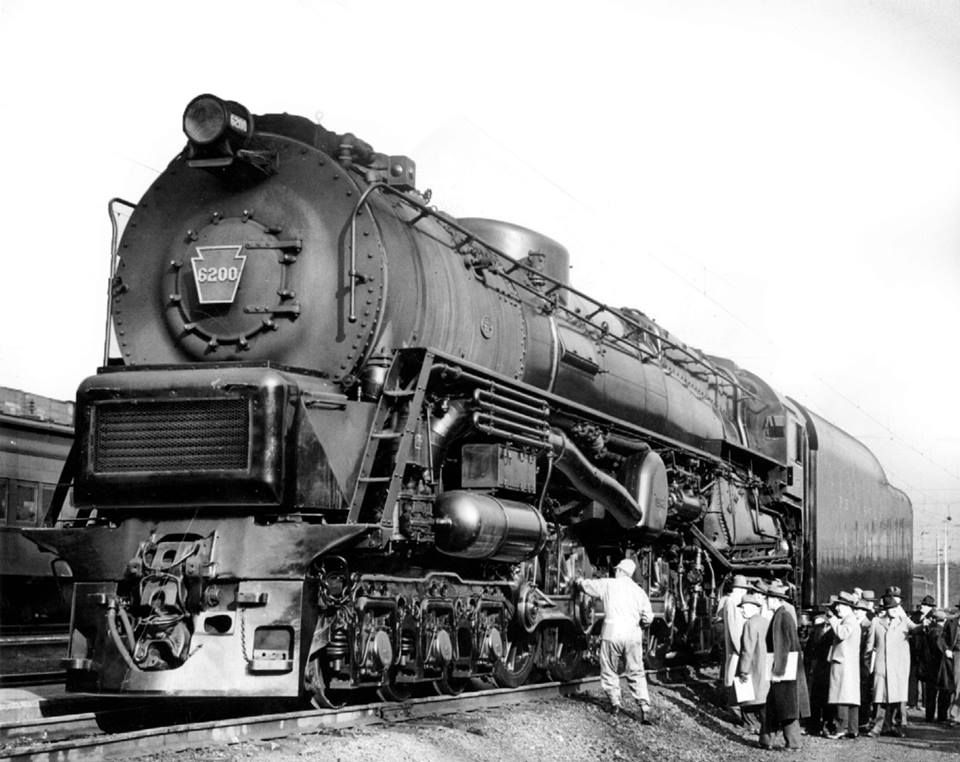
This is PRR #6200, class S2, a 6-8-6, circa 1944 as its being delivered. If you can’t guess from the previous story’s mention of the keystone number plate – this was a passenger train locomotive. #6200 was the only locomotive of class S2, a steam turbine built by a joint effort between Baldwin Locomotive Works and Westinghouse Electric & Manufacturing Corp.
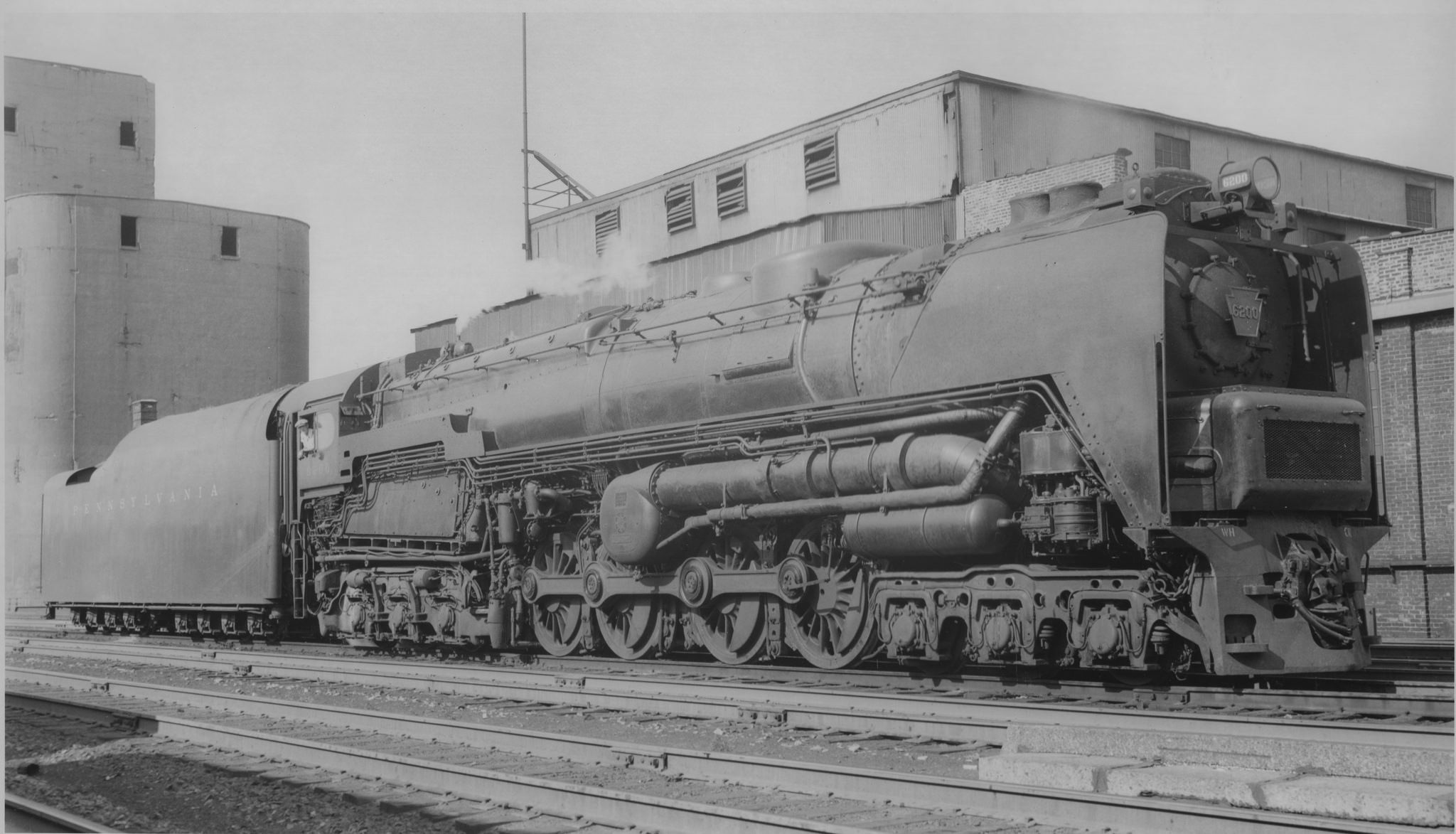
Remember our discussion about valve gear? – This is one of those exceptions that didn’t have Walshaerts or Baker valve gear. In fact, it didn’t have valve gear! The steam turbine was a direct drive system where the turbine was geared to the two middle drivers’ axles. The outside drivers were connected via side rods. There’s two Westinghouse cross-compound air pumps mounted about where the cylinders would normally be mounted!
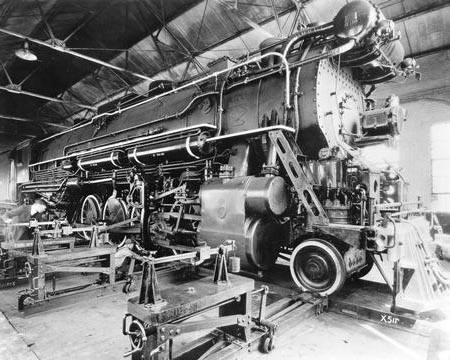
If we move to that other famous locomotive shop we’ve discussed in the past – Lima Locomotive Works – we catch them constructing one of their famous Berkshires, 2-8-4s. I don’t have much info on this pick, but Lima started building Berkshires for the Boston & Albany RR. With these Berkshires, Lima is generally credited with bringing in the age of super-powered steam locomotives. Again, an Elesco feedwater heater sits high on the front of the smokebox. You can pick out one of the two Westinghouse cross-compound air pumps mounted on either side of the pilot, and two air tanks under the side-board on the engineer’s side. Check out the shop floor mechanisms that reach out to the base of each wheel where it touches the rail – I’m not sure what those are! This steamer looks about ready to leave the shop!
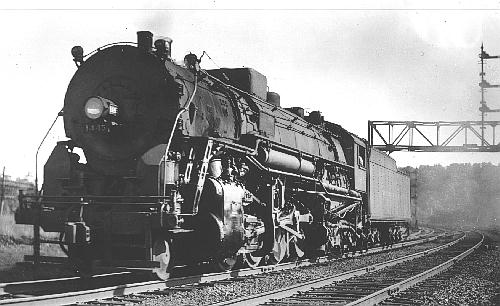
Here’s one of those Boston & Albany Berkshires on the rails. Note that it does not have the Elesco feedwater system. The shop unit must have been a later run.
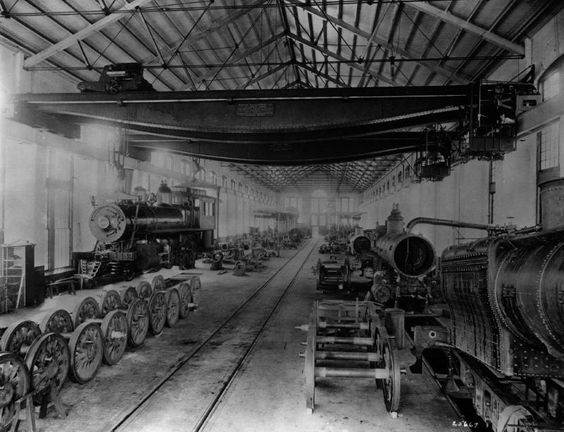
Another famous locomotive shop was the Roanoke, VA shops for the N&W. This is a pic of the steam locomotive erection shop.
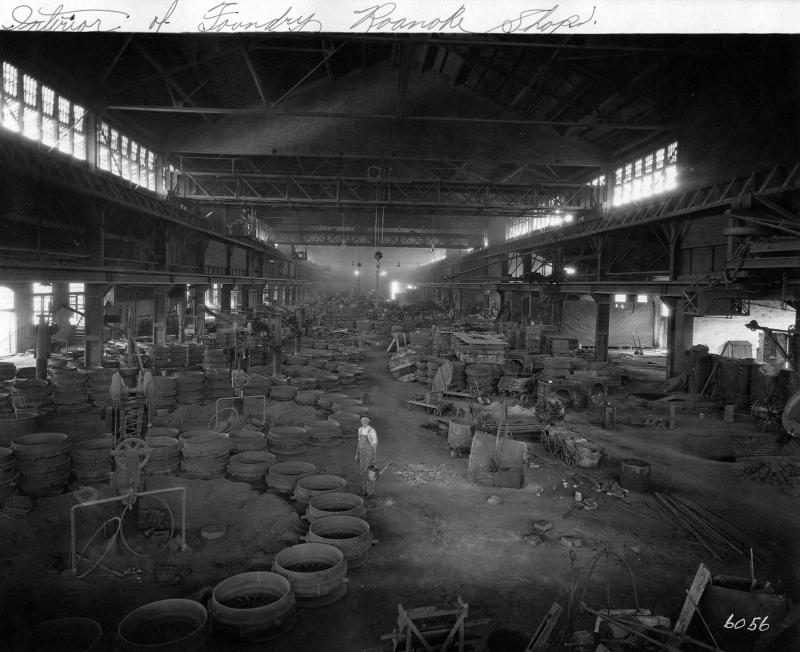
Here is a shot of the foundry at the Roanoke shops. These shops produced 447 locomotives for the N&W from 1884 to 1953.
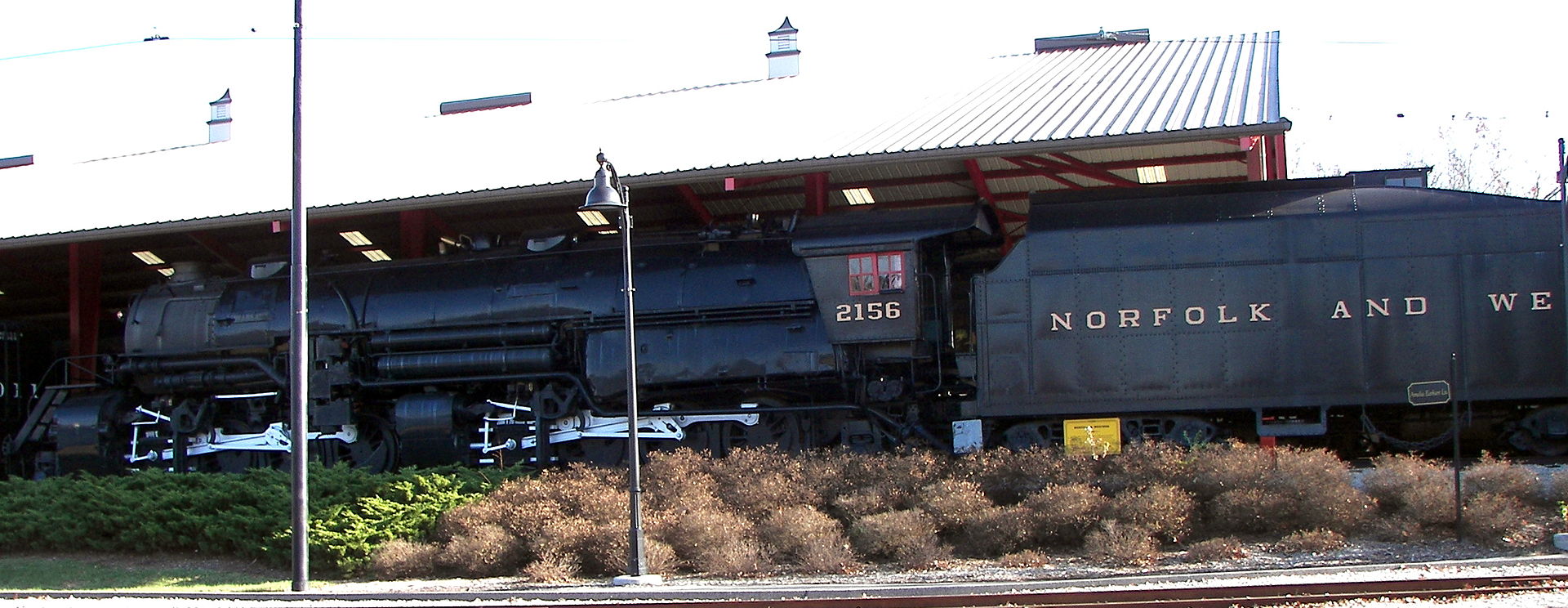
…Also, N&W #2156, of the famous class Y6A, a 2-8-8-2 articulated loco, was built at Roanoke in 1942.
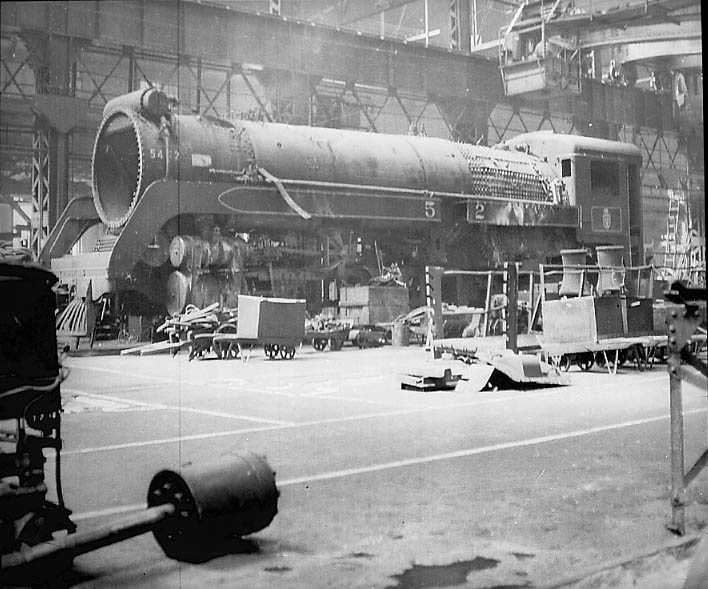
I picked up this photo of a Canadian Pacific (possibly #5442) in the shop being overhauled. Assuming this is CPR #5442, it was a P2j class 2-8-2 built by Montreal Locomotive Works in 1944. CPR began ordering the P2 class Mikados in 1921. They were designed as a heavier more powerful Mikado than their class P1 Mikes. Subclasses “a” through “k” showed the upgrades from the early ‘20s to the mid ‘40s. The P2j was the second last of the subclasses and represented some of the most modern and most powerful Mikados ever built. You can see the streamlining along the sides (for a freight loco!). Note the Elesco feedwater heater on the top of the smokebox. The P2 class stayed with Walshaerts valve gear through all subclasses. CPR ran the P2 steamers a bit longer than their USA cousins – most of these ran well into the late ‘50s, and some into the early ‘60s.
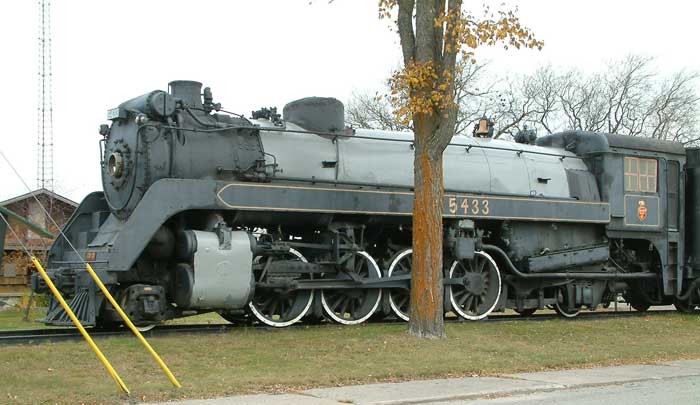
Here is CPR #5433, class P2h Mikado. There was no subclass “i”, so #5433 was the subclass previous to #5442 and sports most of the same features including the streamlining and Elesco feedwater heater. Someone had asked the other day about closing in the cab – CPR was one of the few railroads that ran enough in severe cold weather that the cab was enclosed. These were nice looking locos with a great paint scheme – especially for freight locos.
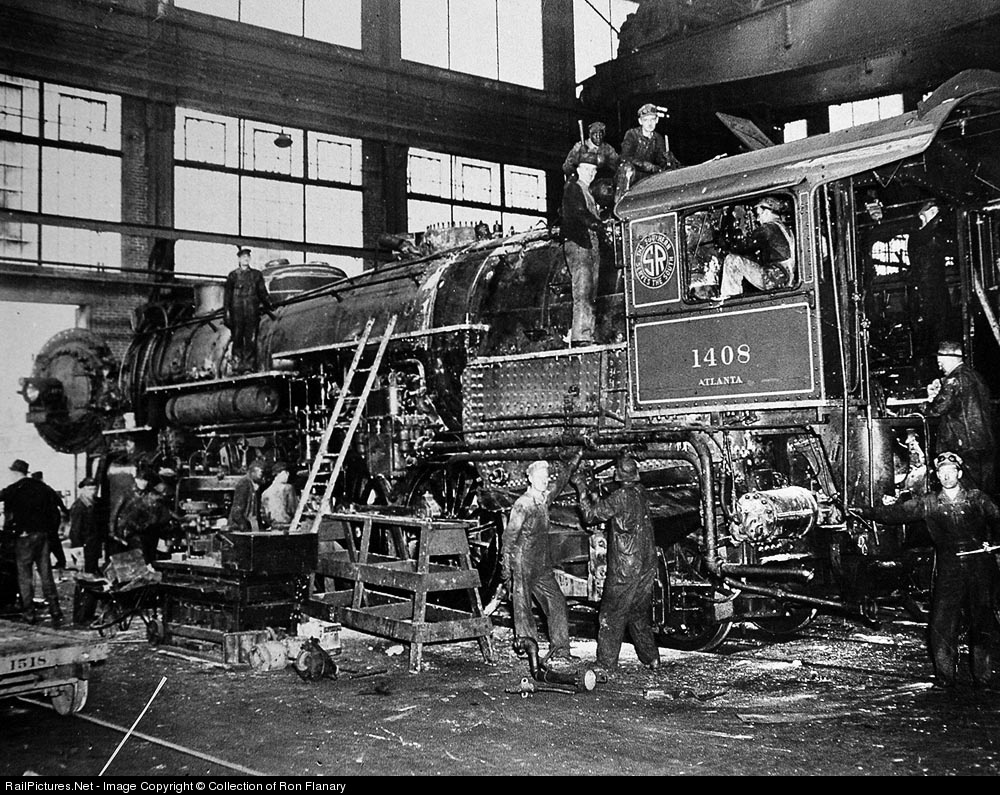
Here’s a 1938 pic of Southern #1408, a Ps-4 Pacific, 4-6-2, in the shop receiving class 3 maintenance (which is a heavy overhaul). #1408 is of the same class as #1396 which we looked at last Tuesday (and of which now all club members can name most of the features!). I’m not sure what train #1408 was assigned to, but it also had that great green Southern paint scheme. The shop is the old South Shop in Atlanta (later renamed the Pegram Shop). In 1937, a year previous to this pic, #1408 was involved in serious accident near Courtney, South Carolina where she collided with a southbound freight and ended up on her side. She was quickly rebuilt and saw another 13 years of service before being retired in 1950. The Pegram shops stayed open until 1999.
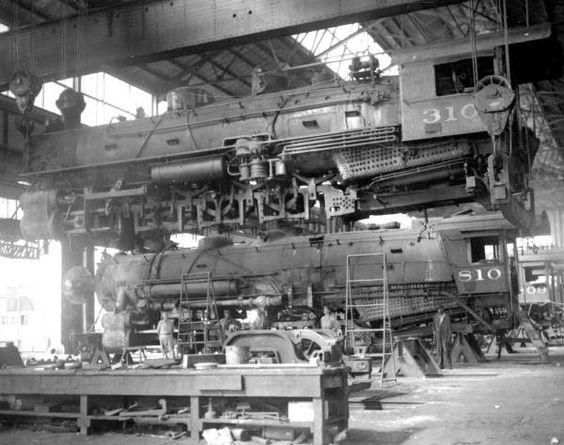
This is the Florida East Coast Railway Miller shops in St. Augustine, FL. #310, in the air, is a class 301 Mountain, 4-8-2, built in 1923 by Alco. The class 301’s were some of the lightest Mountains built, but they had impressive performance for their size. #310 was another locomotive that ran into “wreck” issues, it was retired in 1945 after being damaged beyond repair in a wreck at Wewahotee, FL. #810 just behind #310 is a substantially heavier Mountain, class 801, built in 1926 by Alco. #810 was almost 50% heavier and had almost 50% higher tractive effort than #310. #810 was retired in 1954. It’s pretty easy to see that #310 had Walshaert valve gear; less obvious from this pick is that #810 sported Baker valve gear.
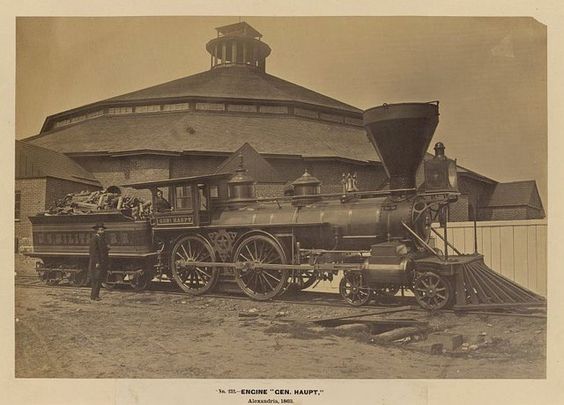
A few things caught my eye in this photo: As a classic American, 4-4-0, you can see the void between the front driver and the cylinders where the Stephenson valve gear operates. Also, the shop behind is the Alexandria Station shop (Virginia) – a traditional roundhouse where the turntable is also under roof. Here’s the caption with the pic: “This impressive machine was named for General Herman Haupt, chief of construction and transportation for the U.S. Army’s military railroads.
Note that the wood burning locomotive appears to have a full tender of firewood, and the tender bears the marking “U.S. Military R.R.” The large structure in the background is the roundhouse of the Alexandria Station in Virginia.
This nicely composed photograph was taken by Alexander J. Russell, who had been a painter before joining the U.S. Army, where he became the first photographer ever employed by the U.S. military.
Russell continued taking photographs of trains after the Civil War and became the official photographer for the transcontinental railroad. Six years after taking this photo, Russell’s camera would capture a famous scene when two locomotives were brought together at Promontory Point, Utah, for the driving of the ‘golden spike.’
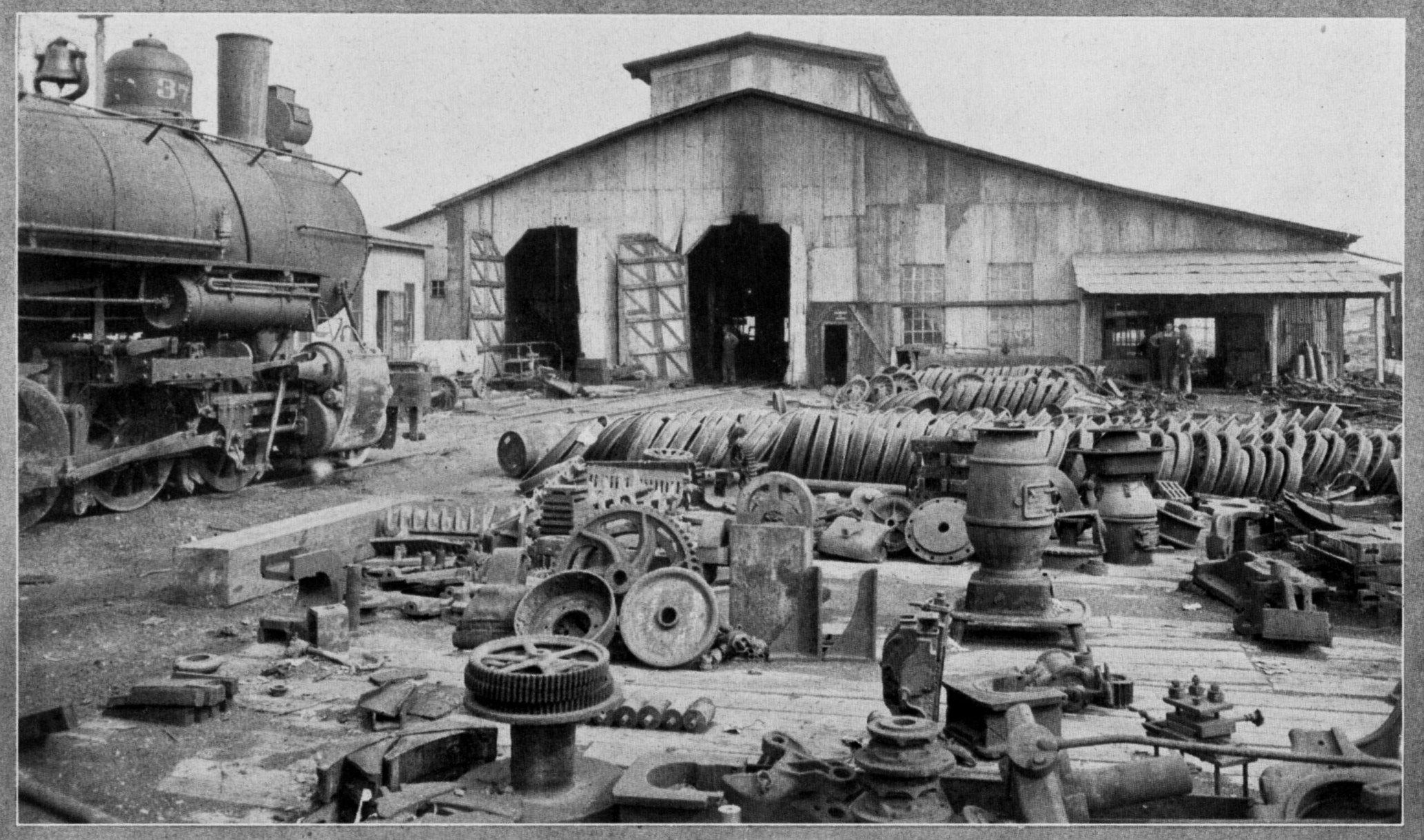
While this was likely a maintenance shop rather than a construction shop, it’s a fascinating pic that captures some of the necessary inventory needed to keep the steamers going. The pic is of the Texas, Oklahoma & Eastern Railroad Shop at Wright City, Oklahoma, 1920. The TO&E RR was a class III short-line with only about 40 miles of track. This shop scene strikes the image of getting the job done with minimal resources.
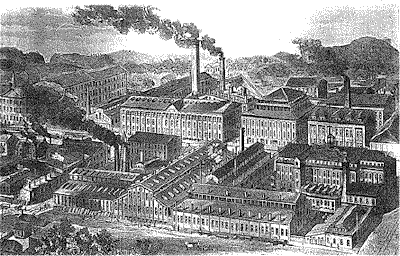
Around mid 19th century, Paterson, NJ, was home to 5 locomotive shops. Rogers was the largest, and second largest in the country.
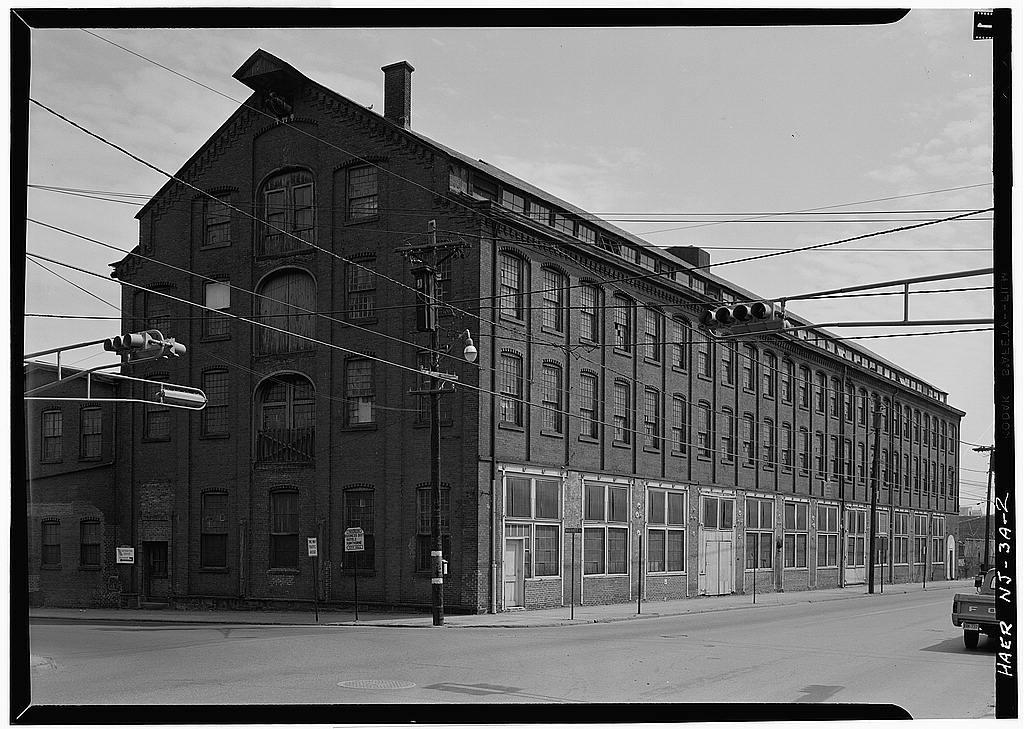
Rogers built steam locomotives from 1833 to 1919. Here is the Erecting Shop at Spruce and Market Sts.
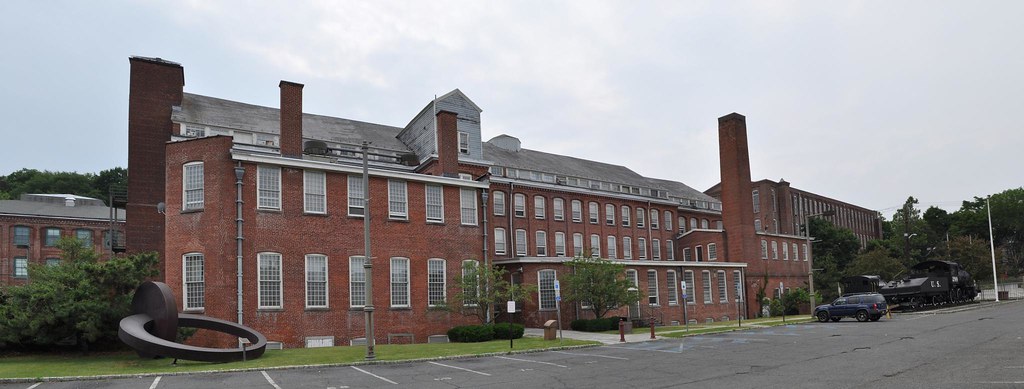
The Erecting Shop and many other structures from the Rogers Locomotive and Machine Works have been preserved.
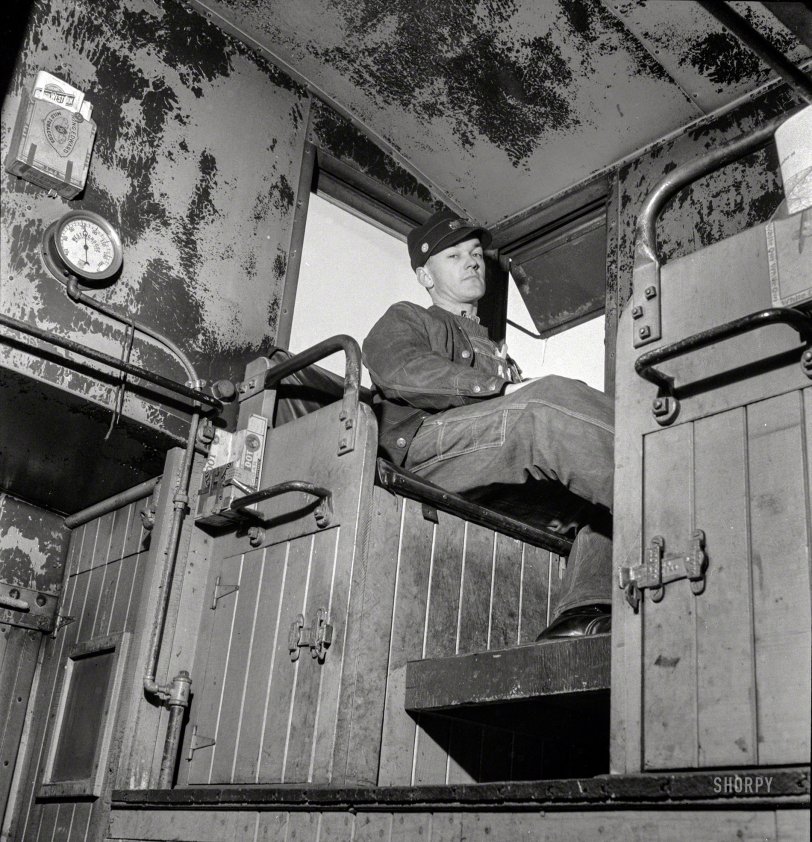
While we were at Lewisburg a few weeks ago, Kurt and I went over to look at the old B&O caboose that’s been renovated to represent a Cincinnati Northern / NYC caboose. While inside, a young lady and young man came in and we struck up a short conversation about the purpose of the cupola. The lady followed by the man climbed up into the brakeman’s cupola seat and seemed enthralled by the view. Hence, I had to throw in this 1943 pic of the rear brakeman in the cupola. The brakeman is Walter V. Dew of the ATSF between Chicago and Chillicothe, Illinois. The photo is by Jack Delano for the Office of War Information.
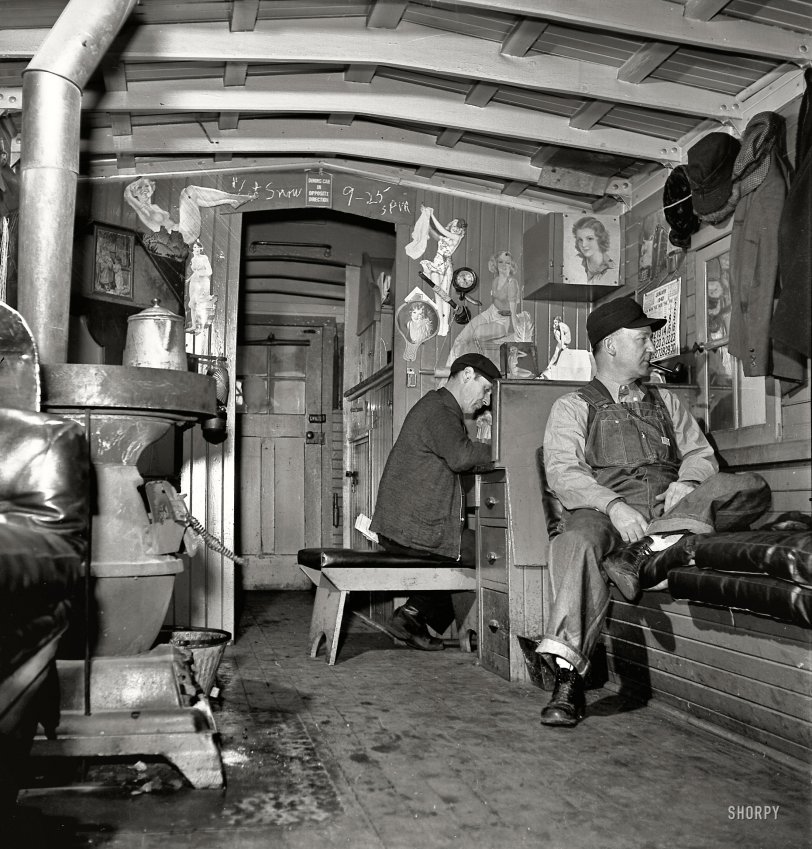
Since we’re on caboose interiors and Jack Delano photos in 1943 (for the Office of War Information), and explaining to youth the workings of the train crew – The conductor is at work at his desk while a rear brakeman gets a break to smoke his pipe. Caption on the pic explains, “The caboose is the conductor’s second home. He always uses the same one and many conductors cook and sleep there while waiting for trains to take back from division points.” The pic was taken during freight train operations on the Chicago and Northwestern Railroad between Chicago and Clinton, Iowa, 1943.
Thx,
Kevin
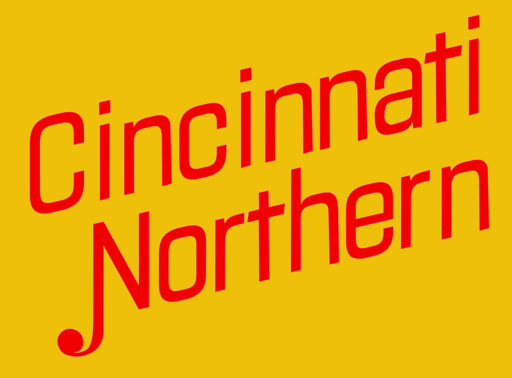
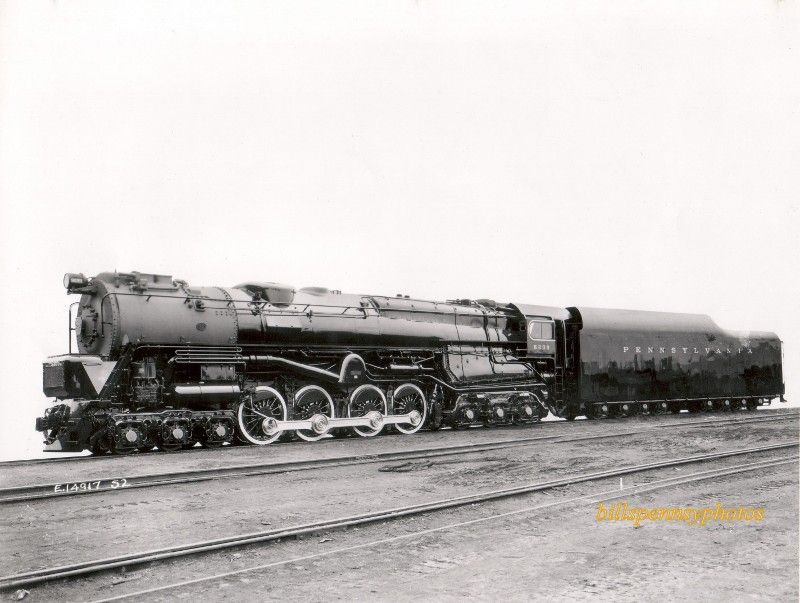
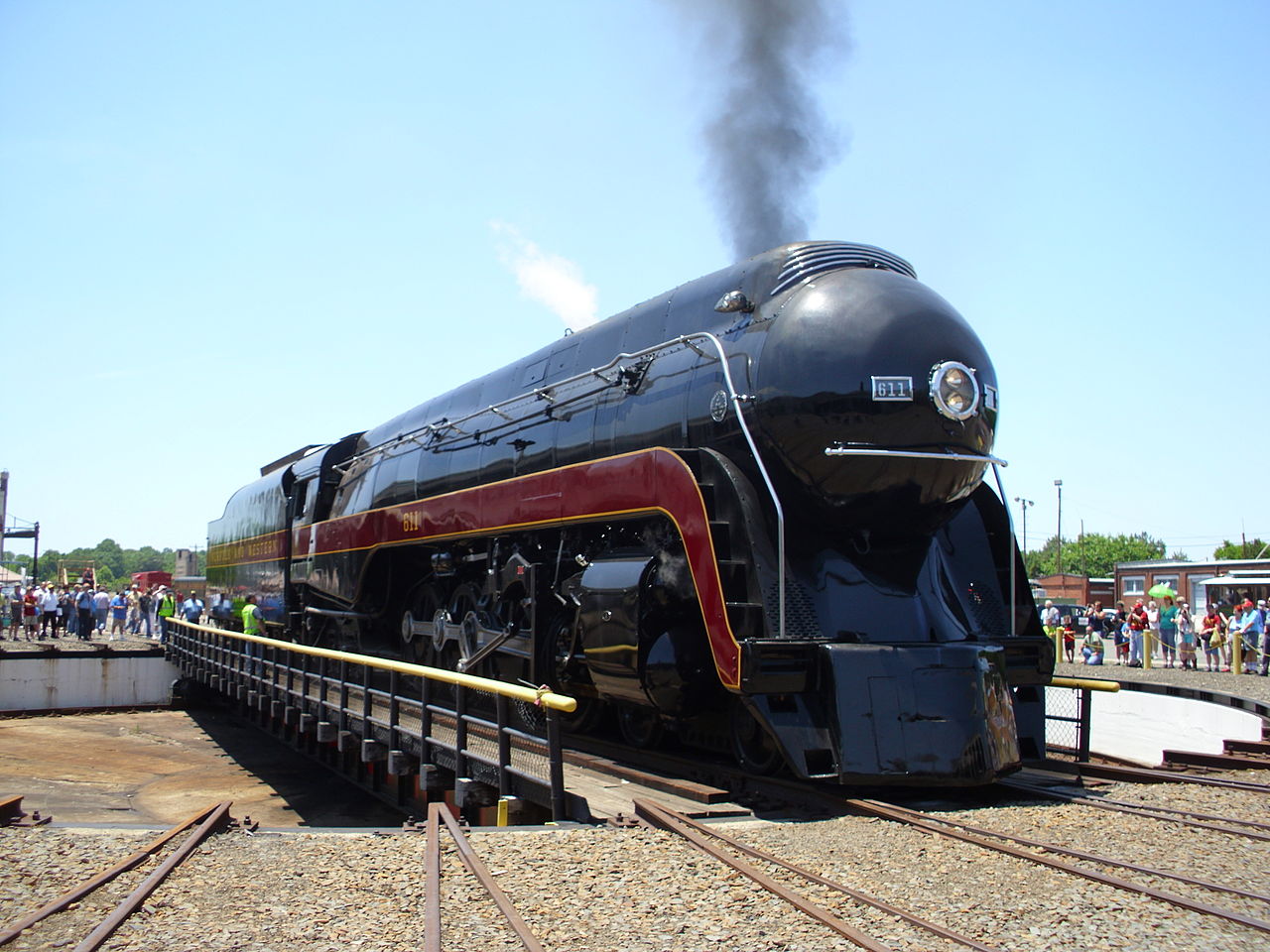
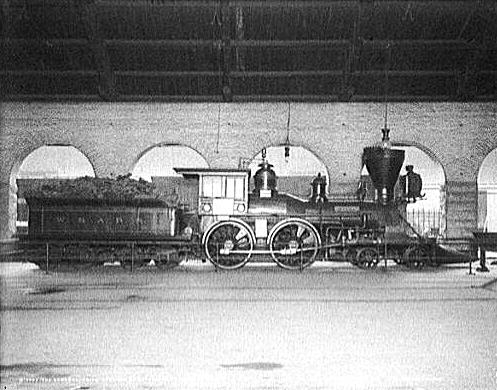
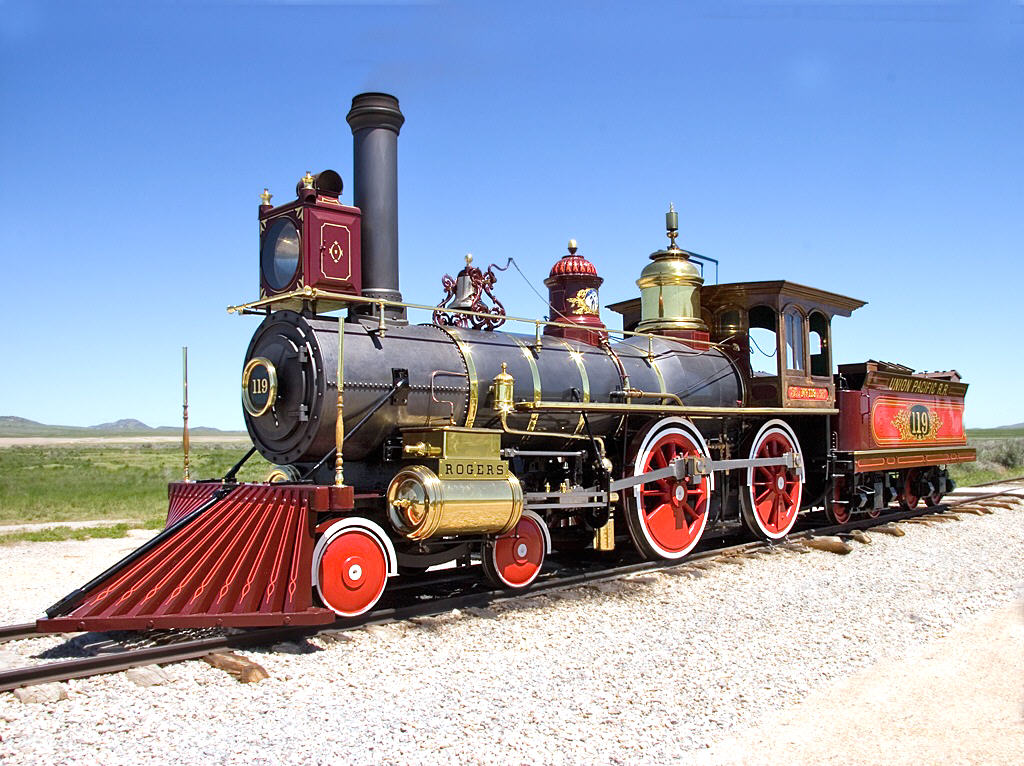
Comments